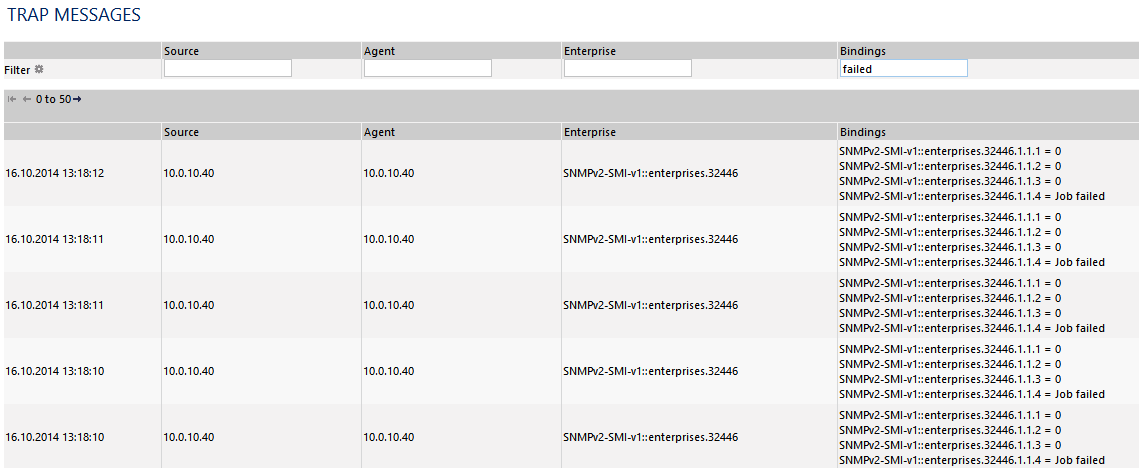

The code examples within this document hard code SNMP community values and SNMP v3 USM auth/priv information. In fact, Ansible’s general community role still uses PySNMP for the snmp_facts module. In my research of finding SNMP packages for use with Python, PySNMP is by far the most complete and feature-rich package. I’m not entirely sure what has happened with the development of the PySNMP package, but it still seems to be commonly used.



The PySNMP site itself has a disclaimer right at the top that the documentation is an inofficial copy. It should be pointed out that the PySNMP packages latest release of 4.4.12 was last released on Sas seen on Github. There are a lot of features with this package, such as methods for performing asynchronous SNMP queries, but I will just be touching on the high-level API. PySNMP also supports all versions of SNMP, most of my examples below will be SNMP version 2c followed by a brief section covering how to use SNMP v3. I will be focusing on the GET and GETNEXT requests. You can use the package to send SNMP GET or GETNEXT requests, send SNMP traps, or act as an SNMP agent which will respond to SNMP requests. PySNMP is a Python package used for all manners of SNMP related functions. If you’re looking to brush up on your SNMP knowledge, PySNMP actually has an SNMP history and design page you may find useful. This will not be an introduction to SNMP. Most network monitoring platforms will rely on using SNMP, especially if a particular network platform is a decentralized platform like common routers and switches, requiring each network device to be queried individually instead of through a centralized controller.īecause of SNMP’s common use, this article covers how you can use PySNMP and Python to programmatically querying your network devices. However, nothing is as common and widely deployed as Simple Network Management Protocol (SNMP). From the extremes of manually logging in to run a CLI command or check a web GUI, to using the latest API or Netconf, network engineers have their choice of protocol to use. There are an increasing number of ways to perform this type of data gathering. Monitoring the health of your network devices, building reports for use by management, querying the status of a particular function, and so on. The need to query network devices for information on a repeated and consistent basis always been a critical function of performing network management.


 0 kommentar(er)
0 kommentar(er)
